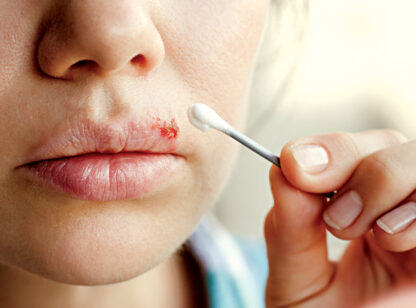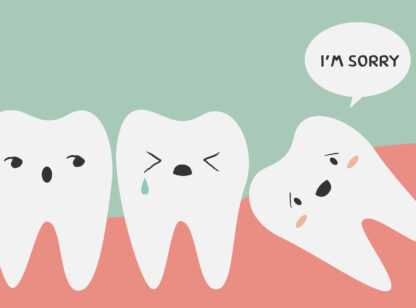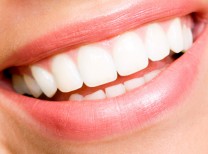In the field of dentistry, there is a movement towards holistic or biological dentistry. The practice is fairly new and many contest its principles; however, the environmental stance is the primary driver: silver amalgam fillings contain mercury, and mercury in our water and food sources can be harmful to our health.
So, are the amalgam fillings in your mouth bad for your health?
“We are not replacing restorations just for the sake of doing so,” states Dr. Nick Baumann of Palm Desert Smiles. “There is an average lifespan on most types of dental restorations, so you will probably need a replacement one day, or you may choose to have your amalgam fillings replaced before they begin to break down. It is good to know your options.”
According to Dr. Nick, the reason many doctors have moved away from these practices is the concern over these fillings, and the fact that there are now several restoration alternatives that have superior esthetics and are more biocompatible. He notes that the American Dental Association still claims that mercury amalgam fillings are a safe, acceptable option, but not everyone supports this statement.
Nick joined his father, Dr. Bruce Baumann, in his 30-year Desert practice after graduating from NYU, the first school of dentistry to discontinue the routine use of amalgam fillings. “The statistics showed that an estimated 40% of the mercury in the New York harbor is due to dental practices. As NYU sees an average of 1,300 patients a day, you can imagine the environmental footprint it would have.” Norway, Denmark, and Sweden have banned the use of mercury in dental amalgams because of environmental concerns, and in Sweden’s case also from concerns over its effect on human health.1
Dr. Bruce started incorporating holistic practices 10 years ago, including established protocols for amalgam removal, the use of chemical-free products, and natural lines of toothpastes and rinses.
Dr. Nick explains that the greatest exposure to mercury vapors are when the fillings are placed and removed, thus there are specific protocols established to minimize exposure. “During removal, we work to limit how much is going into the patient’s lungs, as well as our own. We use a special suction system in the mouth and also put the patient on an outside source of oxygen to minimize exposure through nose inhalation, among other protocols.”
Improved biocompatible options available today include composites, a type of plastic (most now BPA-free); porcelains which are sturdier than composites; and precious metals like gold. “Gold and porcelain ceramics are pressed, milled (organically made) or cast as opposed to a chemical reaction,” explains Nick.
In addition, Dr. Nick adds, some people have metal sensitivities so the components of implants, partials and fillings need to be considered on a case by case basis. “I had a patient in today who said she has had inflammation in her eyes for 10 years that she thinks is caused by the partial in her mouth, which may indeed be the case.” Partials are generally made of metals such as chromium, nickel, and cobalt and up to 2-5% of the population are sensitive to these metals.
Knowing the concerns, options and practices available allows us to make the best individual choices.
Dr. Bruce Baumann and Dr. Nick Baumann can be reached at (760) 568.3602.
Reference: 1) Dental Mercury Use Banned in Norway, Sweden and Denmark Because Composites Are Adequate Replacements (press release) Mercury Policy Project. 3 January 2008.















































Comments (0)